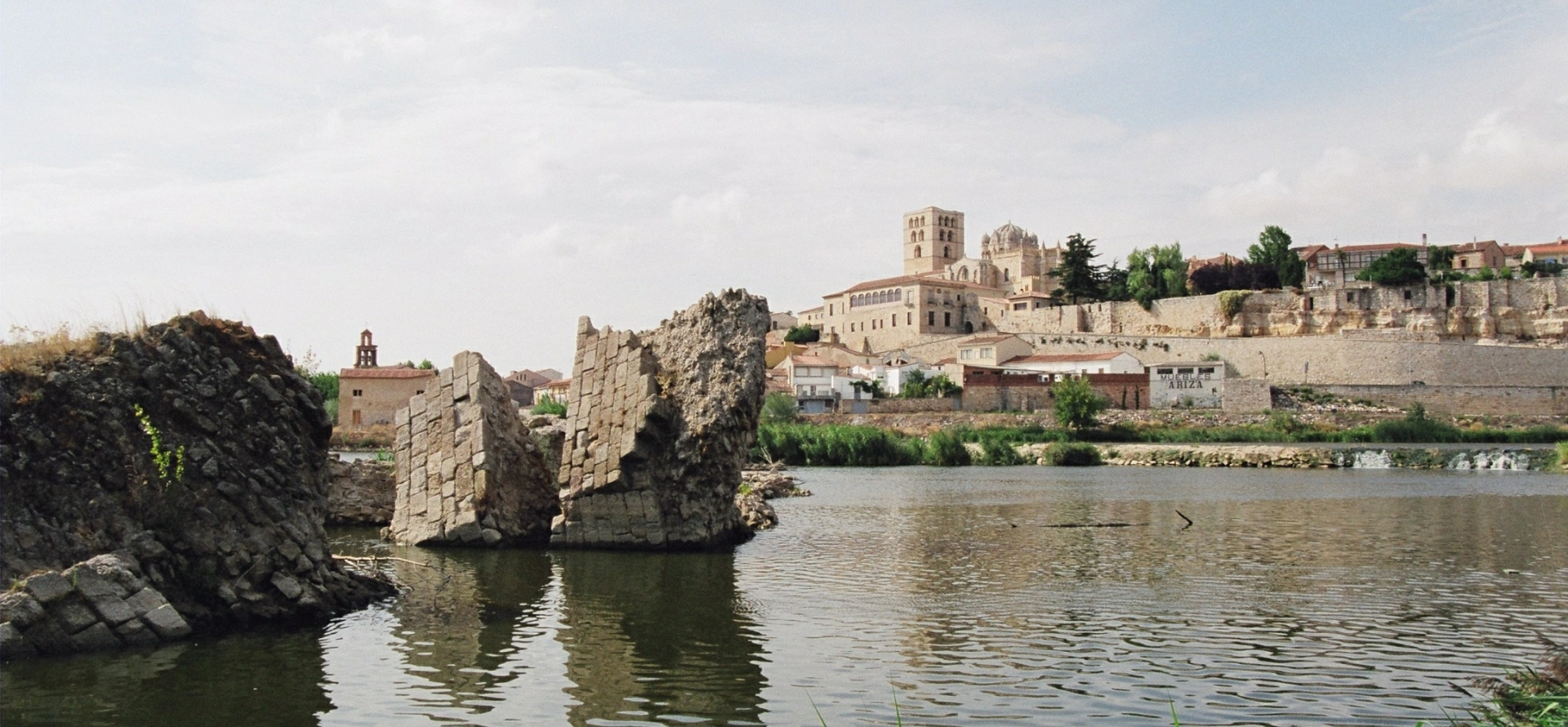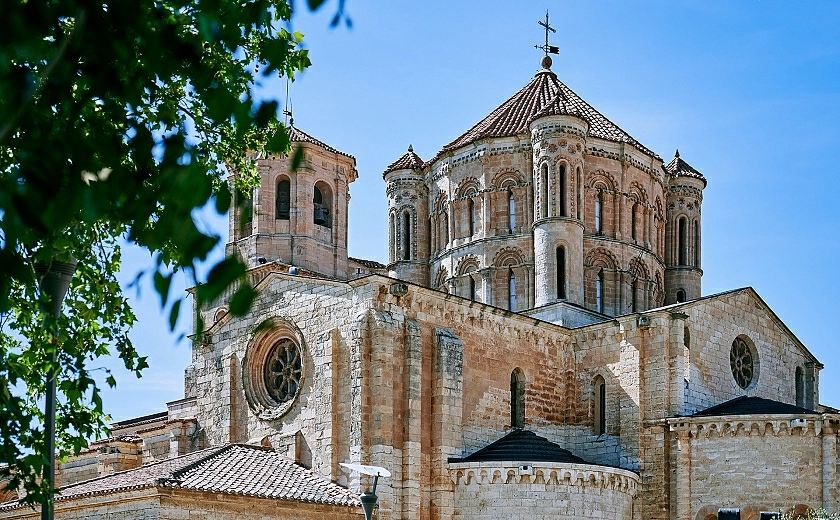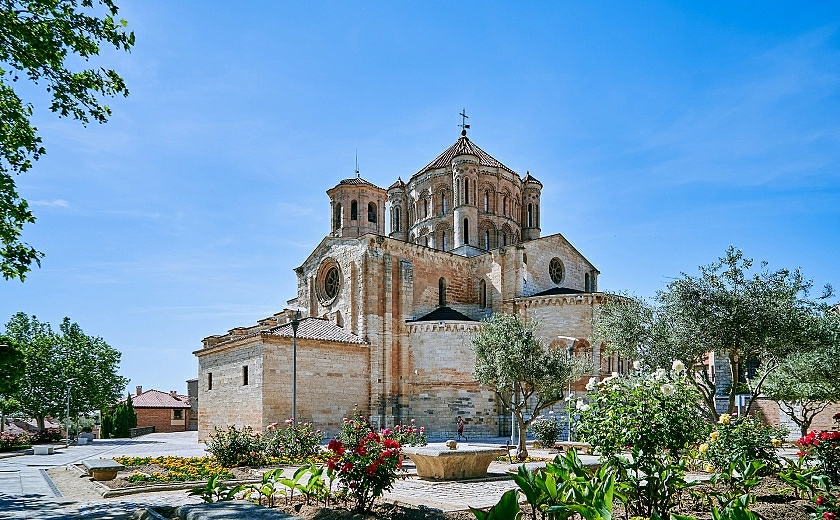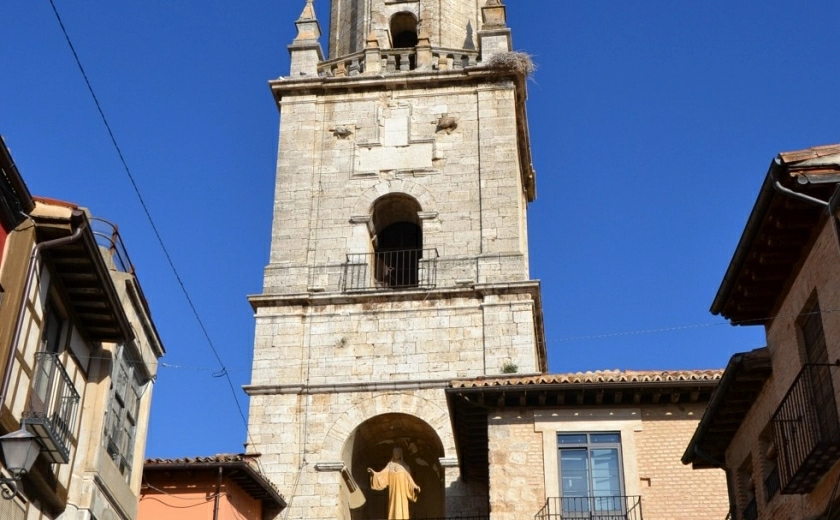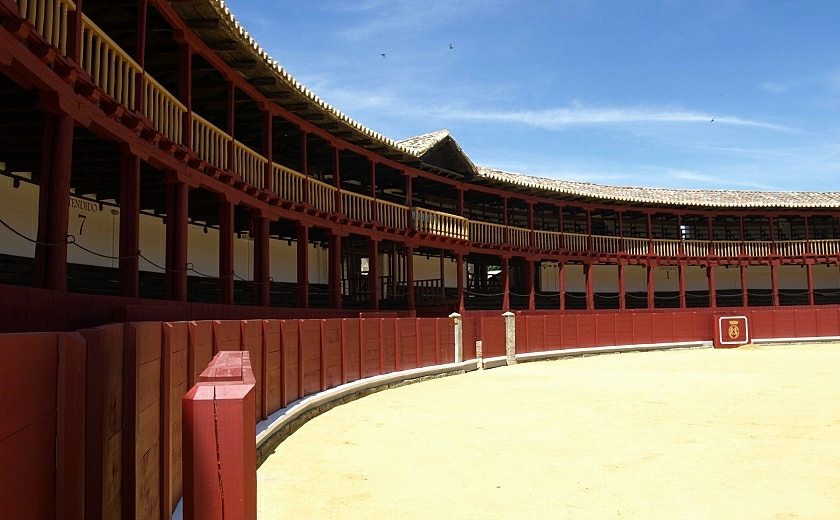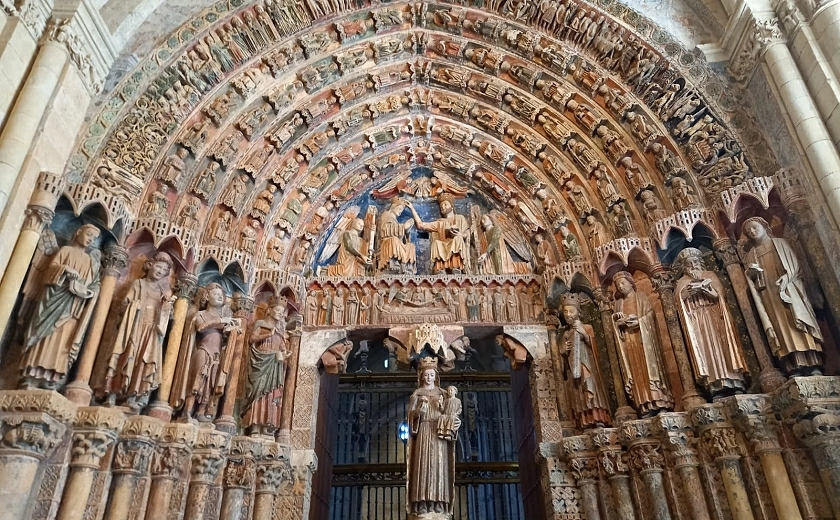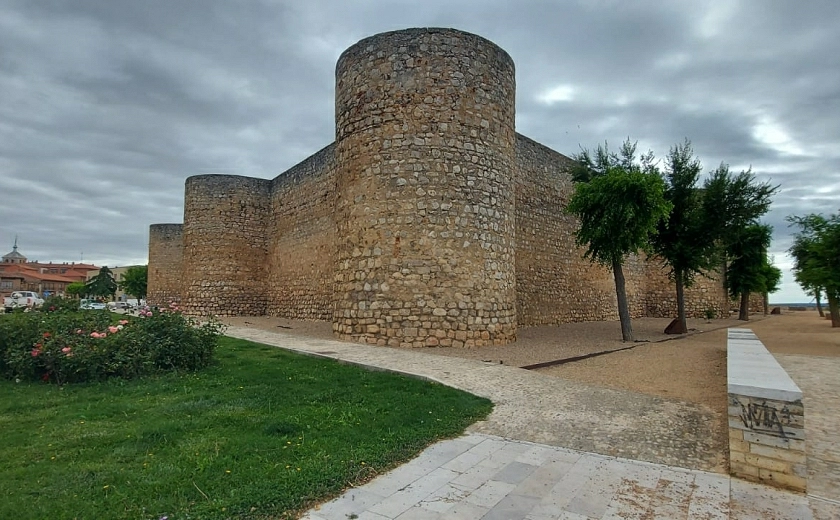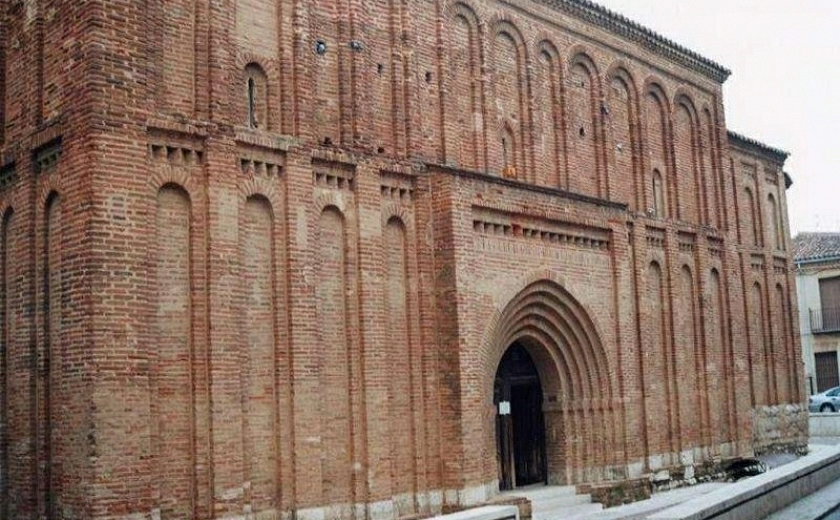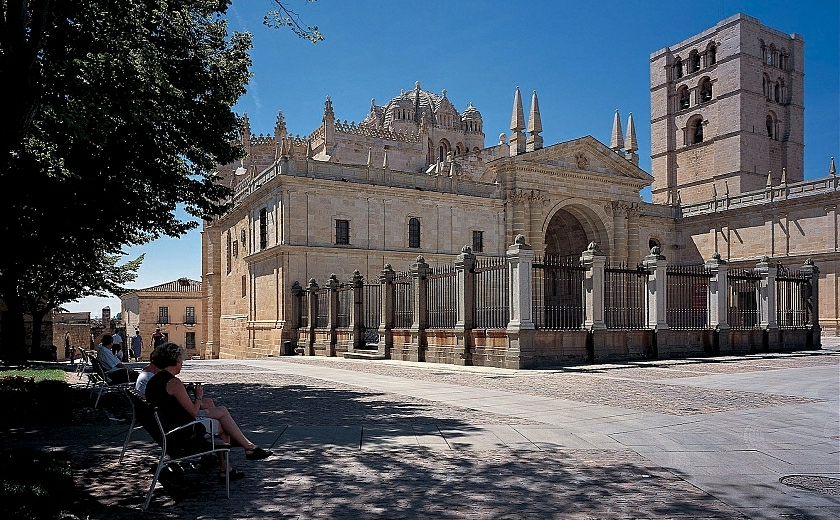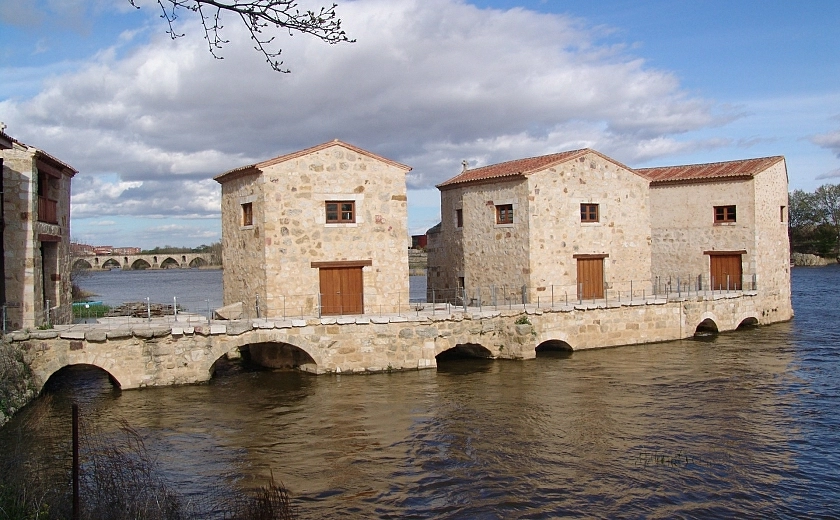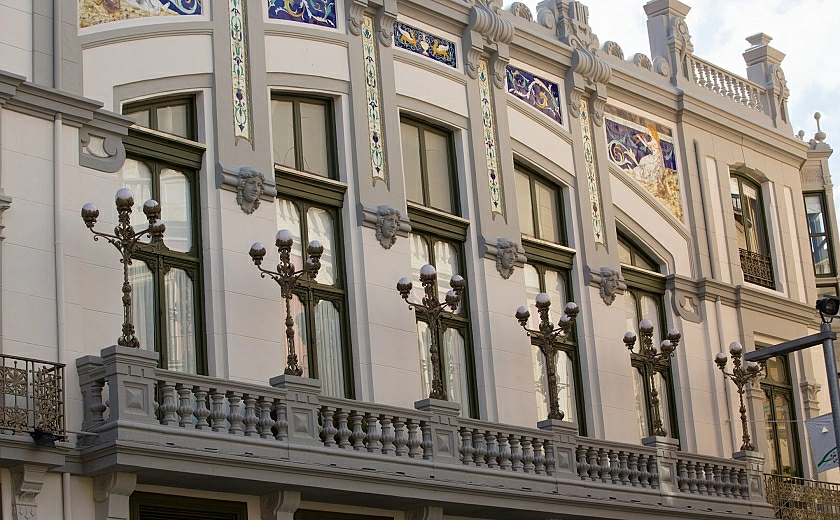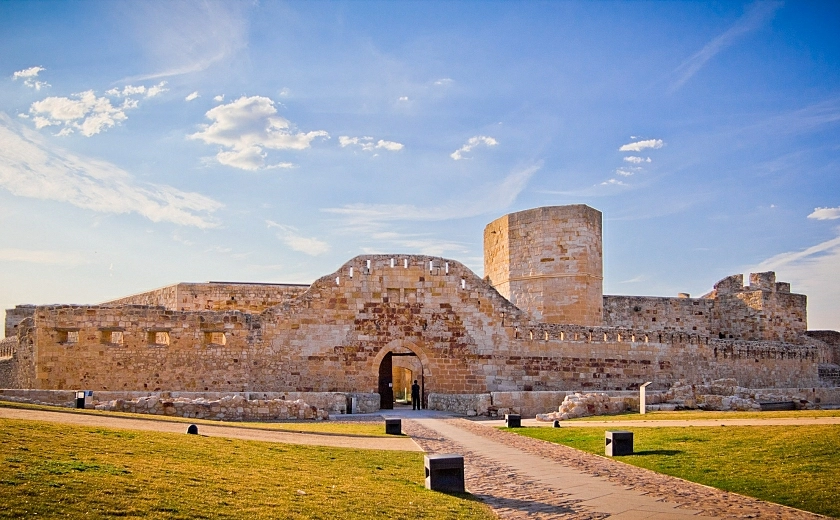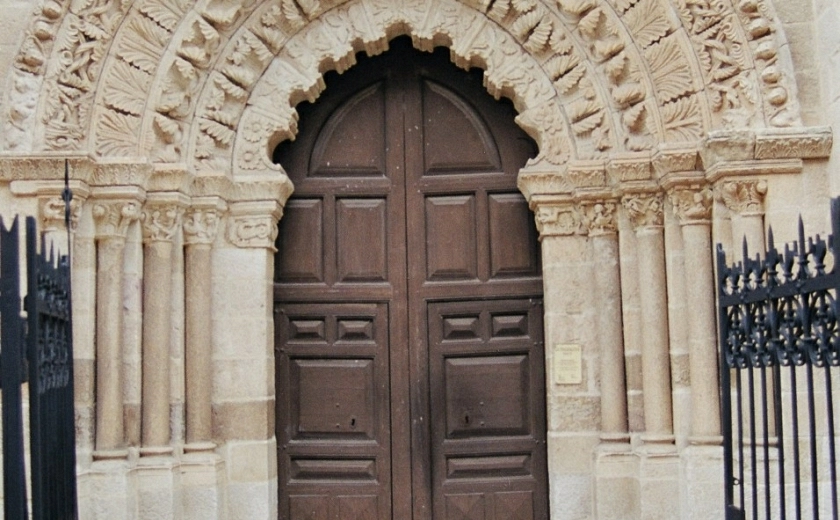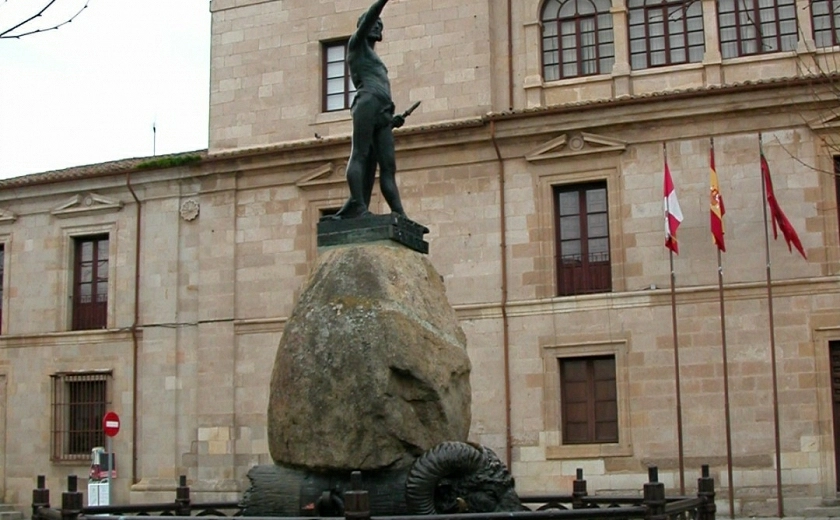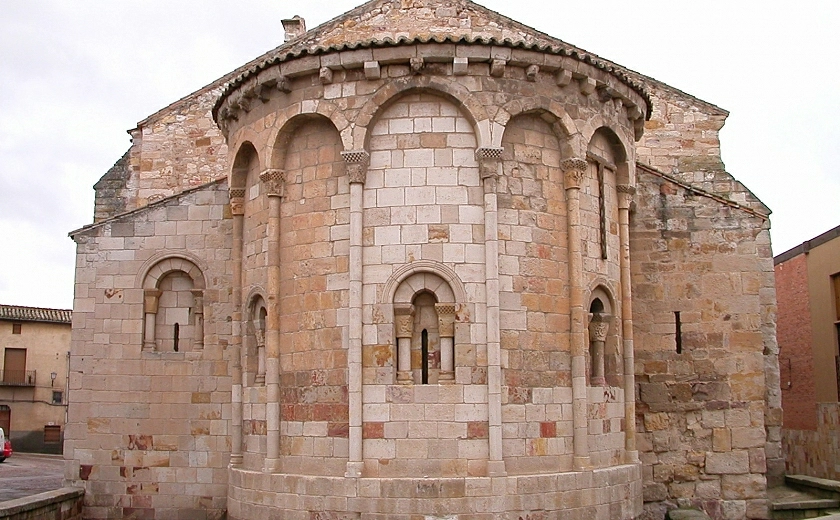What to see near Bodegas Fariña?
Toro, cradle of wine
Situated on a hill 100 metres above the floodplain of the river Duero, TORO is known not only for being one of the cradles of wine, but also for its rich historical and artistic heritage, which reflects its past as the provincial capital, dominion of princesses and the inheritance of heirs to the throne. If you take a walk around the city, you mustn’t miss:
- The Collegiate church of Santa María la Mayor (12th century): the Colegiata of Toro is one of the most characteristic buildings of the transitional phase of Romanesque architecture. Inspired by Zamora Cathedral, the Colegiata’s lantern tower especially stands out, as well as the Majesty Portico, which tells the story of the life of the Virgin Mary, Christ and the Final Judgement, which preserves its original polychrome colouring, as well as, inside the church, the painting of La Virgen de la Mosca ("Virgin of the Fly") . The views of the river Duero floodplain from Plaza de la Colegiata are well worth seeing.
- The ruins of the city walls, some of the old gates of which have been preserved, such as La Corredera gate and the Postigo gate.
- The Clocktower, 18th century. Also known as the Clock Archway, it is sat on the old Market Gate, which was part of one Toro’s ancient city walls.
- The Sancti Spiritus Convent, which hosts the Toro Museum of Sacred Art. The convent belongs to the Congregation of the Dominican Sisters.
- The churches built in the Mudejar style: the churches of San Salvador de Los Caballeros, San Lorenzo El Real, Santa María de la Vega, and the ruins of San Pedro del Olmo.
- The Bullring, from the early 19th century, the third oldest in Castile y León. It has preserved its raised structure in wood and adobe.
- The Alcazar of Toro (10th century): This was the residence of King Ferdinand and Queen Isabella, and its structure formed part of the walls that protected the city.
Zamora The city of the Romanesque style
40km from Toro is the city of Zamora, at a crossroads on the Vía de la Plata (or Silver Route, part of the Camino de Santiago), and the capital of the province. It is a small and very walkable city, with a great historical and cultural heritage. If you visit Zamora, you mustn’t miss:
- The castle and city walls: it had its golden age in the Middle Ages. It now makes a fantastic vantage point from which to view the Cathedral, the Duero river and the Campo de la Verdad.
- The Gate of Doña Urraca: situated within the first walled enclosure, it gets its name from its proximity to the palace where Lady Urraca of Toro lived.
- Traitor's Gate (Portillo de la Traición), now named Loyalty Gate (Portillo de la Lealtad): the place where Vellido Adolfos entered the city after assassinating King Sancho II. It is one of the gates in the first enclosure of the wall, and is situated in the castle gardens.
- The Romanesque style Cathedral. The smallest and oldest cathedral in Castile y León. Of particular note is its scalloped dome covered with stone scales, which has become one of the symbols of the provincial capital. Inside, it boasts a collection of tapestries.
- Romanesque churches: Zamora has over 20 churches, which make it the capital of Romanesque architecture. As well as the cathedral, of particular note are the churches of Santa María Magdalena, Santa María La Nueva, Santiago de los Caballeros, Santiago del Burgo, San Cipriano, San Juan Bautista, San Isidoro, San Ildefonso, Santo Tomé, Iglesia del Espíritu Santo and Santa María de la Horta.
- El Mercado de Abastos (Food Market), an early 20th century brick and iron building designed by the architect Segundo Viloria.
- The Water Mills: a set of medieval mills built on the riverbed, and designed to grind the cereal grains and turn them into flour.
- Modernist Route, comprised of buildings such as Casa Gato, Casa Tejedor, Casa Aguiar, Casa Montero, Casas López y Leirado, the casino, the Casas de Valentín Guerra and Casa Galarza.

